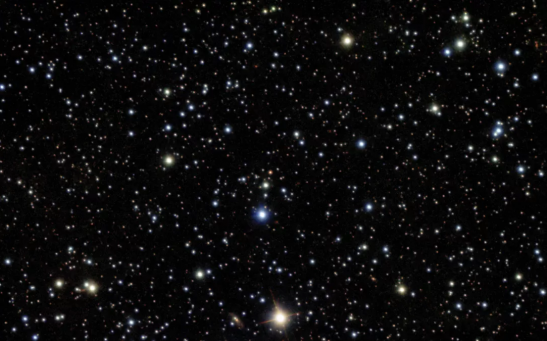Supernova
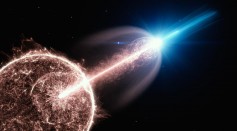
NASA Telescopes Detect Gamma-Ray Bursts From Star That Hit Earth
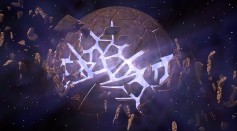
Astronomers Identified What Stars Look Like Before They Die, Developing Early Warning System for Supernova
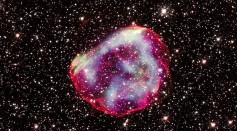
Mythical Supernova Remnant From Star Found: Will It Help Astronomers Reveal Origin of Universe?
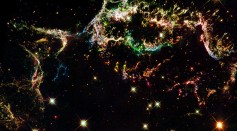
11 Space Anomalies in Supernova Found Through Artificial Intelligence [Study]
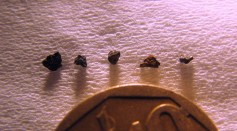
Hypatia: Extraterrestrial Rock That Landed in Egypt Possibly the First Evidence of Rarest Supernova in Universe
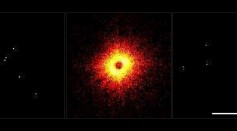
First-Ever X-Ray Fireball Phase of a White Dwarf Explosion Captured by eROSITA Telescope
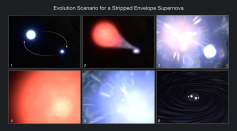
NASA Hubble Space Telescope Finds Star Trying to Revive Companion in Supernova Aftermath
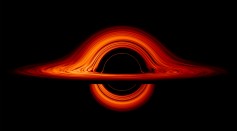
Chandra Telescope Captures Intermediate Black Holes in Star-Filled Galaxies, Explains How They Obtain Absurd Sizes
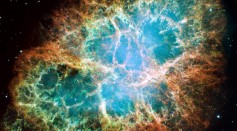
Star Formation from Supernova Remnants Simulated Through Foam Ball and Laser
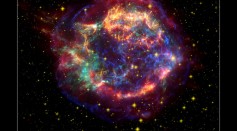
Cassiopeia A Supernova's Inner Nebula's Bizarre Behavior Likely Due to Collision With a Gas Pocket, Study Claims
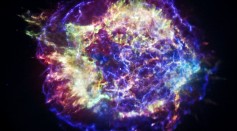
Inner Nebula in Cassiopeia A Supernova Discovered to Move Inwards; Bizarre Expansion Suspected as Collision Against an Object
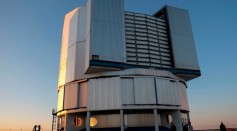
ESO Telescope Finds Type II Supernova Exploding In Cartwheel Galaxy [Watch]
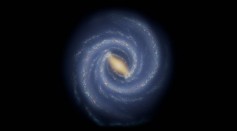
Why Is Earth Sitting in the Center of a ‘Local Bubble’ Surrounded by Baby Stars?
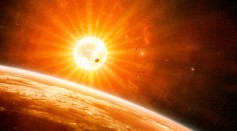
Red Supergiant Star Transforms Into Type II Supernova as Scientists Watch Real Time
Most Popular

Innovative BLAST Patch Could Stop Skin Infections with Harmless Electric Currents

The Pompa Program: A New Model in Thyroid Wellness

Cold, Not Heat, Caused Mass Extinction 201.6 Million Years Ago: New Study

Why It's So Difficult to Lose Weight: The Biological Explanation Behind Obesity

